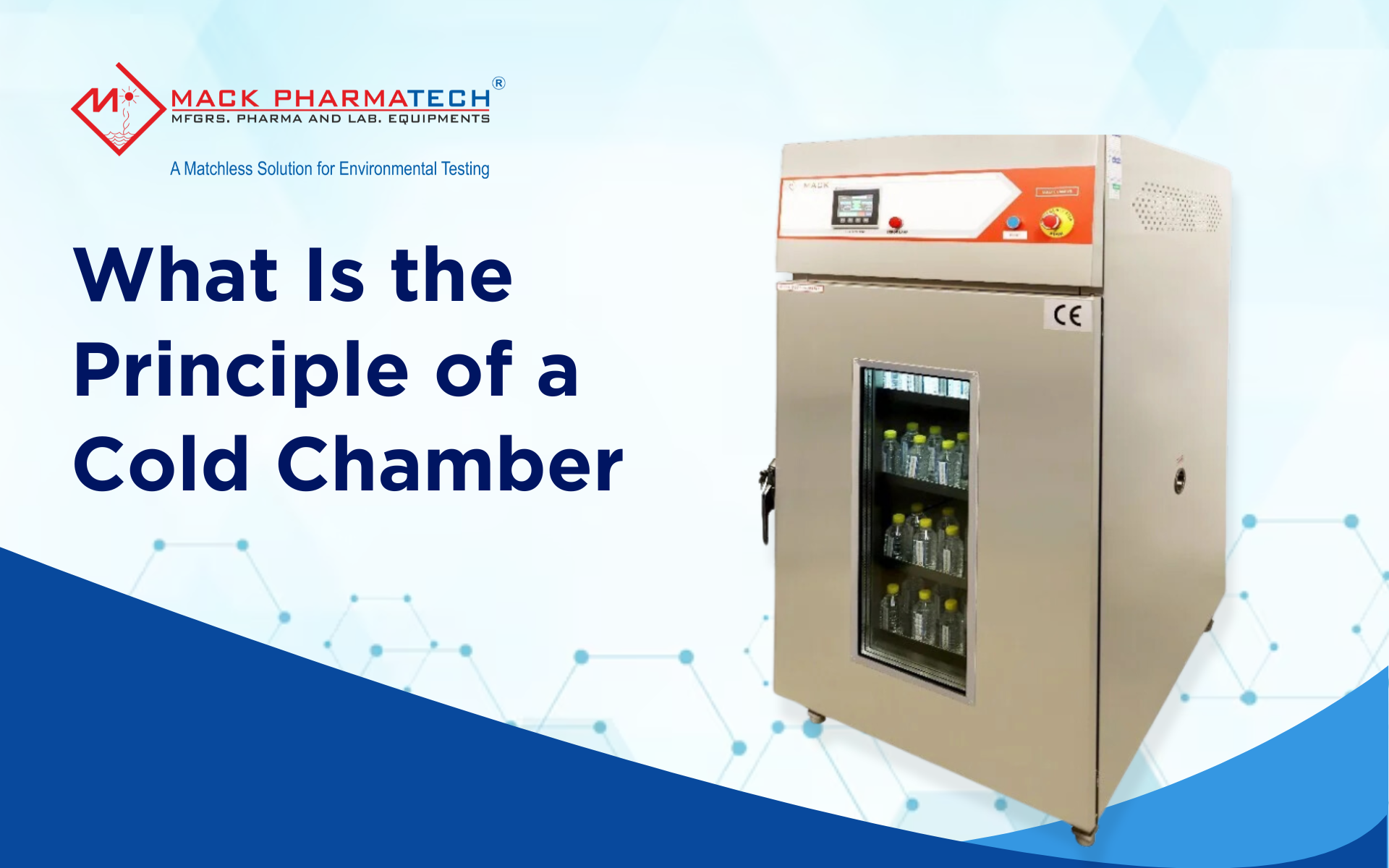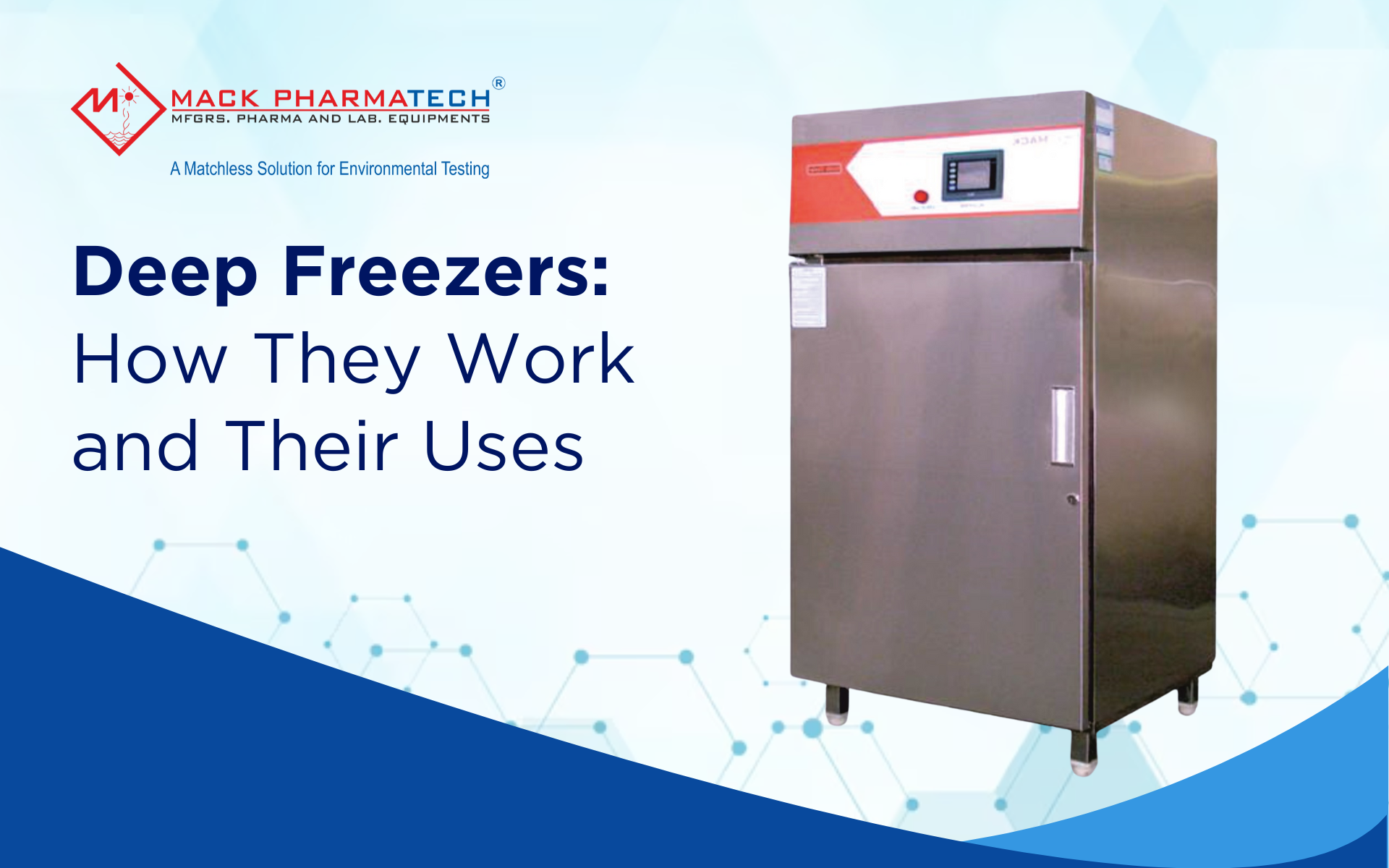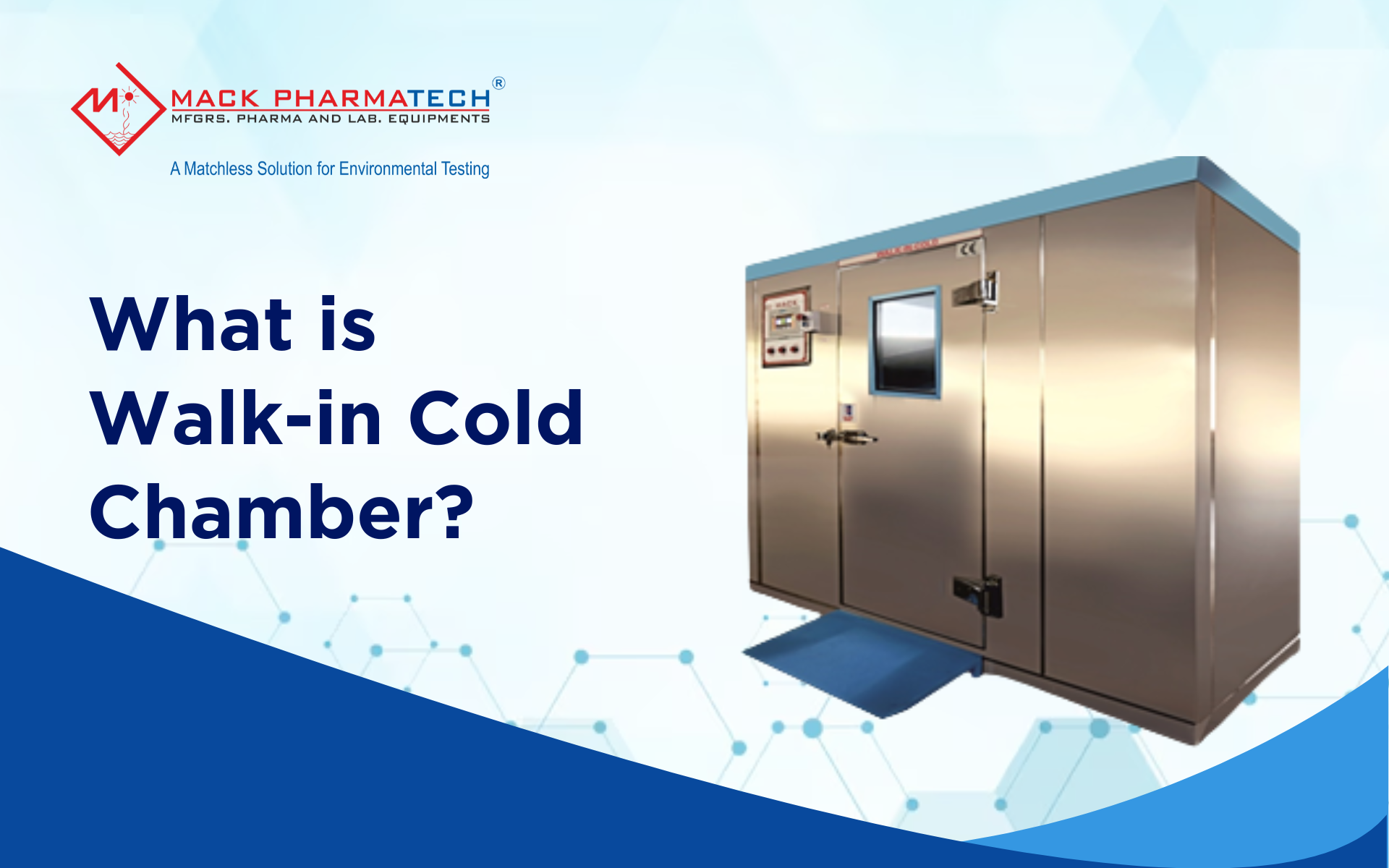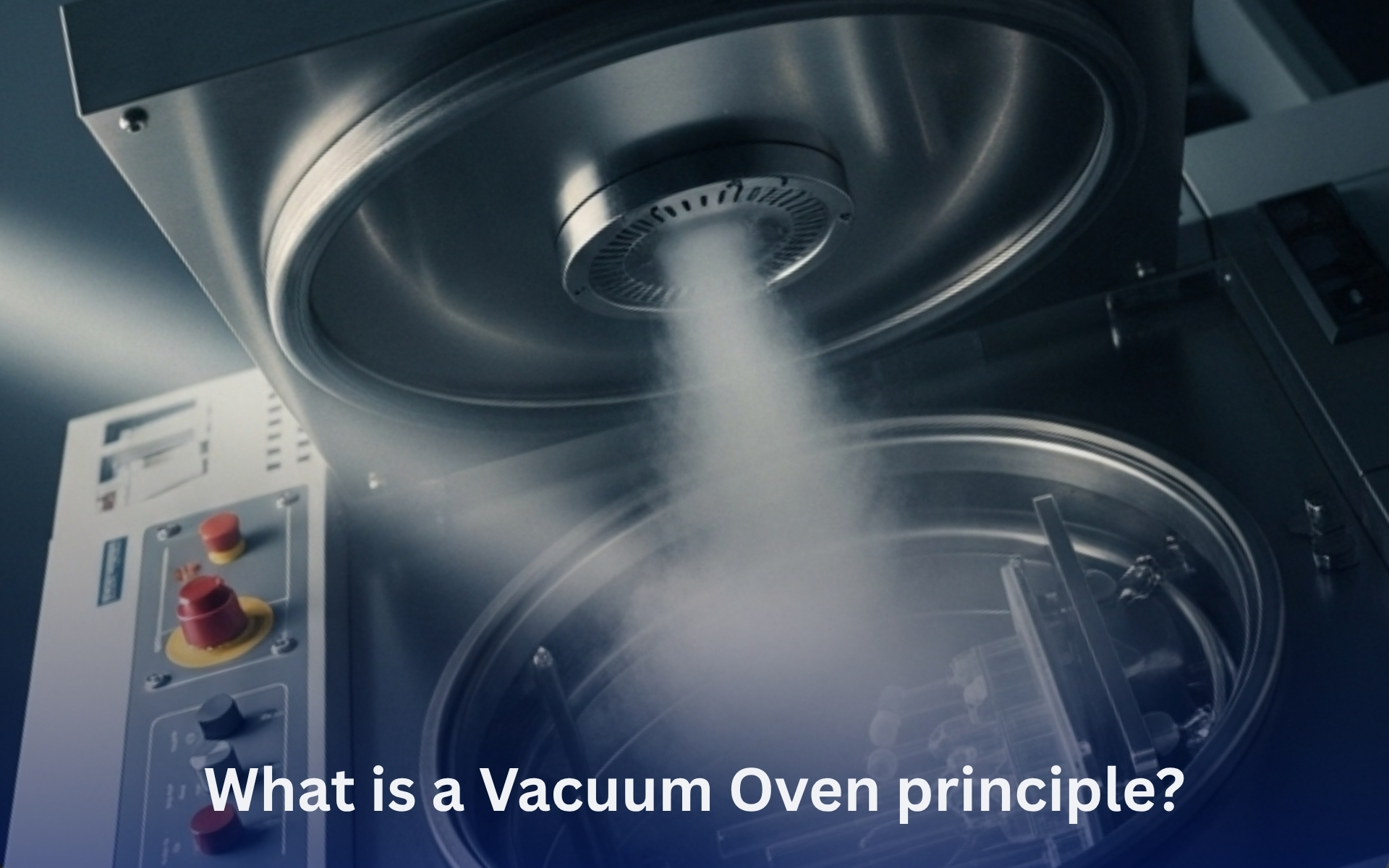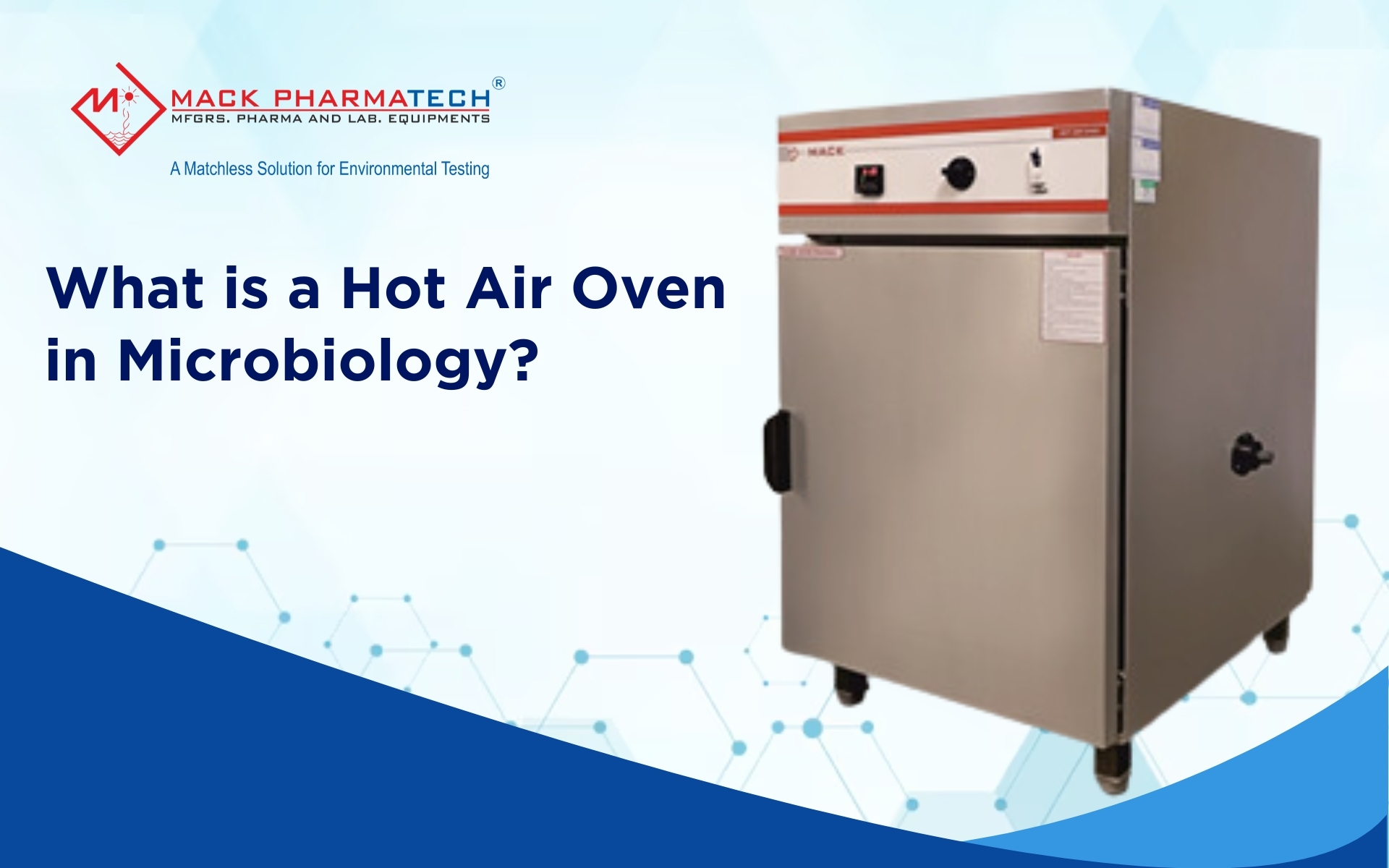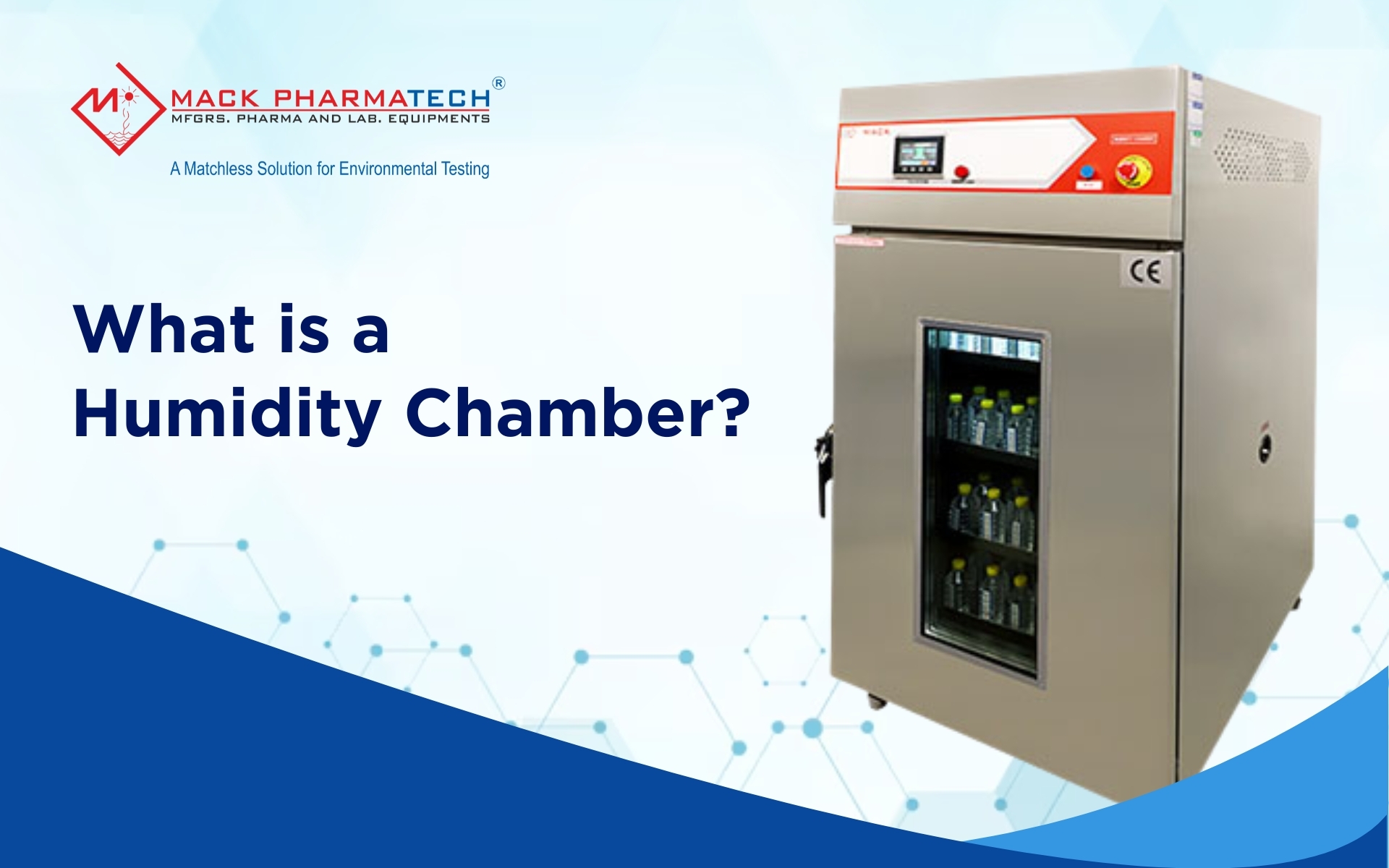A cold chamber is a specialised environment designed to maintain extremely low temperatures, primarily used for testing, storage, and preservation across various industries. The principle behind cold chambers involves precise temperature control to simulate cold conditions, allowing businesses to study the behaviour of materials, products, or processes under freezing or sub-zero temperatures. Key factors such as insulation, cooling efficiency, and temperature stability are critical to its functionality. With wide applications ranging from pharmaceutical storage to industrial product testing, cold chambers are vital in maintaining product integrity and performance.
Thermodynamics, the study of heat transmission and energy conversion, is central to the cold chamber concept. The purpose of a cold chamber is to extract heat from a confined area and keep it colder than the surrounding air.
The Basics of Thermodynamics
When operating a cold chamber, two basic thermodynamic principles are essential:
- Transfer of Heat
Naturally, heat moves from warmer to cooler locations. Heat from the inside of a cold chamber tends to migrate toward the warmer exterior. Reducing this heat exchange, keeping the warm outside air out of the chamber, and preserving the intended low temperature all depend on having enough insulation.
- Cycles of Refrigeration
A refrigerant transforms into a gas during the refrigeration cycle by absorbing heat from the interior of the chamber. The fuel is
Key Components of a Cold Chamber
The cooperation of several key components ensures a cold chamber's efficient operation.
- System of refrigeration
The compressor, condenser, expansion switch, & evaporator are components of the refrigeration system, which is the beating heart of the cold chamber. By continuously removing heat from the chamber, this mechanism keeps the temperature down to the ideal level.
- Insulating
To reduce heat intrusion from the outside environment, proper insulation is crucial. High-quality insulating materials, such as fibreglass or polyurethane foam, are commonly used in cold chambers to provide a thermal barrier that keeps warm air out and cold air in.
- System of Air Circulation
The uniform distribution of temperature inside the chamber is ensured by a carefully designed air circulation system. To avoid hot areas and guarantee that every object stored is exposed to the appropriate temperature, fans or blowers are used to circulate the cold air.
System for Monitoring and Controlling Temperature
Complex control systems are used in cold chambers to continuously monitor the temperature and modify the refrigeration system to keep the setpoint at the correct value.
To maintain ideal conditions, monitoring systems also keep track of temperature variations and notify users of any abnormalities. Overall, a cold chamber is essentially an isolated ecosystem in which these essential elements cooperate to eliminate heat, sustain a steady, low temperature, and guarantee the longevity of goods that have been stored or the accomplishment of scientific research.
Applications of Cold Chambers Across Industries
Pharmaceutical and Biotechnology
- Collection of vaccinations and medications that are temperature-sensitive
For many medications and vaccinations to stay stable and potent, storage at specific low temperatures is necessary. These essential supplies are guaranteed to reach patients in the best possible condition thanks to the regulated environment that cold chambers offer for dependable and safe storage.
- Pharmaceutical product stability testing
Cold chambers are used by pharmaceutical companies for stability testing, which evaluates how their medications alter or deteriorate over time at different temperatures. Shelf life, storage circumstances, and general product quality are all determined by this data.
- Investigation and creation utilising biological specimens
For research labs holding biological samples including cell cultures, tissues, and enzymes, cold chambers are essential. It is crucial to keep these samples at a specific low temperature to maintain their viability and guarantee the correctness of the experiment's findings
Food Industry
- Perishable Goods Preservation
Cold chambers are important to the food industry because they allow the safe storage and transportation of perishable goods such as meat, dairy products, fruits, and vegetables.
Cold storage greatly increases the useful life of these products by inhibiting microbial growth and enzymatic activity, which lowers food waste and ensures consumer safety.
- Quality assurance and food safety
To guarantee food safety and stop the formation of dangerous microorganisms, cold chambers are also used to chill and freeze food products to precise temperatures. They also help with quality control, making sure food items keep the proper flavour, texture, and nutritional content.
Other Sectors
- Testing materials at low temperatures
At low temperatures, several materials such as metals and plastics display distinct characteristics. Researchers and engineers can test these materials in controlled environments using cold chambers to simulate real-world situations and evaluate how well they function in extreme conditions.
- Research-related environmental simulation
For research objectives, such as examining the effects of low temperatures on plant growth or the behaviour of creatures in extremely cold temperatures, cold chambers can be used to replicate particular environments.
- Cooling is necessary for industrial processes.
To get the intended effects, a variety of industrial activities, including manufacturing and chemical reactions, may need to be precisely cooled. For these procedures, cold chambers offer a regulated atmosphere that guarantees the best results and constant quality.
Key Considerations for Cold Chamber Design and Construction
The following are some essential factors that are critical to a cold chamber project's success.
- Temperature Range
Temperature ranges ranging from ultra-low freezing to basic refrigeration are needed for diverse applications. For example, biological samples may need to be stored at temperatures as low as -80°C, yet pharmaceutical items typically need to be stored at 2–8°C or -20°C.
To guarantee the integrity and effectiveness of items that are stored, it is crucial to ascertain the exact temperature range that is required for your particular application.
- Dimensions and Absorption
Several factors should be taken into account, including the items' size and shape, the need for storage density, and projected future expansion. Maintaining a healthy balance between preventing overbuilding, which can result in needless energy use, and having enough room for present demands is crucial.
- Efficiency in Energy Use
Energy efficiency in cold chambers can be maximised by using contemporary technology like LED lighting, variable-speed compressors, energy-efficient insulating materials, and intelligent control systems that can adjust to changing loads and climatic circumstances.
- Compliance to Regulations
Certain rules and regulations may apply to cold chambers, depending on the application and industry. For example, stringent criteria for temperature control, monitoring, and documentation have been set by the pharmaceutical industry's Good Manufacturing Practices (GMP) guidelines. Upholding pertinent regulations is crucial to preserving product safety and quality as well as avoiding legal problems.
Cold Chamber Manufacturers Expertise Solutions
Mack Pharmatech has more than thirty years of expertise and has made a name for itself as an innovator in offering trustworthy and advanced cold chamber solutions. Our track record is based on creating custom cold chambers that are suited to the specific requirements of a wide range of industries, such as biotechnology, food processing, pharmaceuticals, and more.
To remain at the top of cold chamber technology, we consistently allocate resources towards research and development. To help our customers achieve higher efficiency and sustainability, we incorporate energy-saving features, sophisticated control systems, and smart monitoring capabilities into our unique designs.
We as cold chamber manufacturers, also offer our services in climate chambers, stability chambers, clean rooms, and incubators, among other controlled conditions. We provide complete solutions from design and building to validation and continuing maintenance.
Cold chambers are essential for industries that require controlled low-temperature environments, offering reliability in product preservation and testing. Understanding the principles behind their operation, including the key factors of insulation, cooling efficiency, and application-specific needs, ensures that the right chamber is chosen for each use case. From pharmaceuticals to electronics, cold chambers help businesses meet quality standards, improve safety, and enhance overall efficiency, making them indispensable in modern industrial processes.




